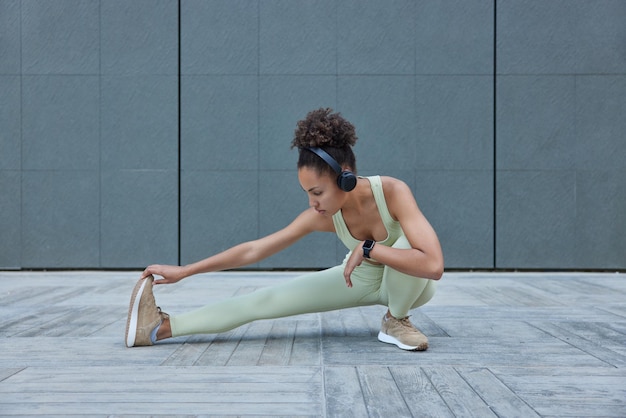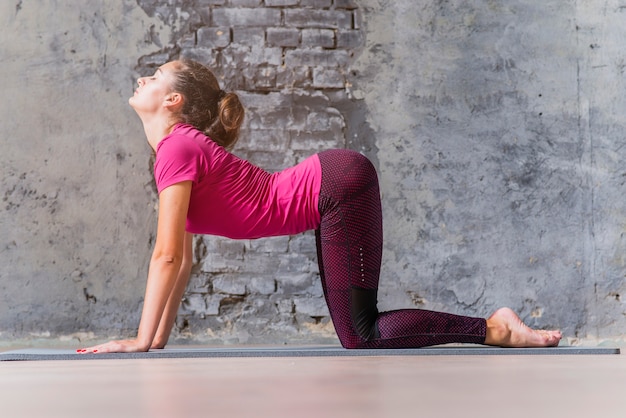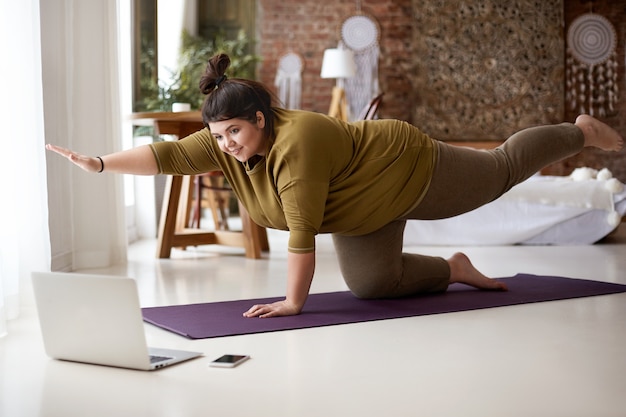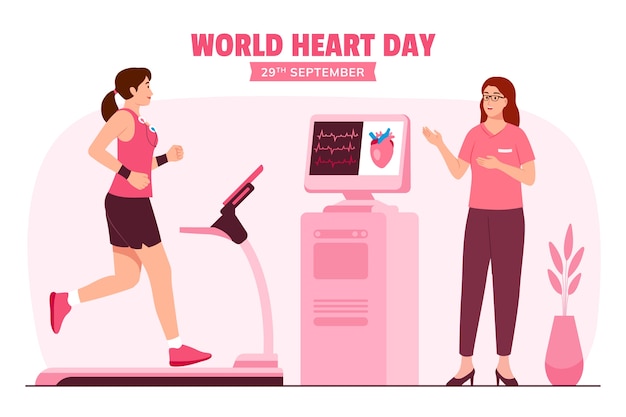Polycystic Ovary Syndrome (PCOS) affects millions of women worldwide, influencing hormonal balance, metabolism, and overall physical health. While managing PCOS often focuses on diet and hormonal regulation, one crucial aspect is frequently overlooked: flexibility. Improving flexibility isn’t just about touching your toes—it’s about enhancing mobility, reducing inflammation, supporting circulation, and even improving insulin sensitivity, all of which are key in PCOS management.
Many women start stretching routines with enthusiasm but fail to see progress. Why? Because common mistakes silently sabotage their efforts. In this article, we’ll uncover 10 of these hidden pitfalls and show you how to start quickly, stay consistent, and measure your progress every week for real, lasting results.

Stretching cold muscles increases the risk of strain and reduces effectiveness. For women with PCOS, who may already experience joint stiffness or low energy, jumping straight into deep stretches can be counterproductive. Always begin with 5–10 minutes of light movement—like brisk walking or dynamic arm circles—to increase blood flow and prepare muscles.
Flexibility gains come from repetition, not intensity. Skipping days or practicing sporadically halts progress. Women with PCOS often struggle with energy fluctuations and motivation dips, making consistency a challenge. The solution? Commit to just 10 minutes daily. Even on low-energy days, gentle stretches like seated forward bends or cat-cow poses maintain momentum.
Without measurement, it’s hard to stay motivated. Many assume flexibility improvements are too subtle to track, but simple benchmarks—like how close your hands get to the floor in a forward fold or how long you can hold a lunge—can be recorded weekly. Use a journal or app to log your results. Seeing progress, even small, reinforces consistency.
Pushing too hard leads to micro-tears, inflammation, and setbacks. Women with PCOS may have higher baseline inflammation, making recovery slower. Stretch to the point of mild tension, not pain. Respect your body’s signals—flexibility is a long-term journey, not a race.

Neglecting areas like hips, chest, or ankles creates imbalances. For PCOS, hip flexibility is especially important—it supports pelvic health and can ease menstrual discomfort. Design a routine that covers all major muscle groups: hamstrings, quads, hips, back, shoulders, and calves.
Research shows that holding a stretch for at least 30 seconds is necessary for lasting muscle lengthening. Many give up after 10–15 seconds, missing the window for real change. Use a timer and aim for 30–60 seconds per stretch, repeating each 2–3 times.
Flexibility without strength can lead to joint instability. Women with PCOS benefit from combining stretching with low-impact strength exercises like yoga, Pilates, or resistance bands. This dual approach improves body composition, supports metabolism, and enhances overall mobility.
Holding your breath during stretches increases tension and reduces oxygen flow. Deep, controlled breathing helps relax muscles and deepen stretches. Inhale through the nose, exhale slowly through the mouth, syncing breath with movement—especially helpful for stress reduction, a key factor in PCOS.
Flexibility improvements take weeks or months, not days. Impatience leads to frustration and quitting. Remember, with PCOS, hormonal fluctuations can temporarily affect fluid retention and muscle tightness. Focus on the process, not just the outcome.

Sleep, hydration, and stress levels directly impact muscle recovery and flexibility. Poor sleep disrupts hormone regulation, while dehydration makes muscles stiff. Aim for 7–8 hours of sleep, drink plenty of water, and incorporate mindfulness practices to support your physical routine.
Begin with a simple 10-minute daily routine: warm up, stretch major muscle groups, and cool down. Choose a fixed time—like after a shower or before bed—to build habit. Use reminders or habit-tracking apps to stay on course.
Every Sunday, assess your flexibility using simple tests: forward fold reach, shoulder mobility, hip rotation. Record your findings. Over time, you’ll see improvements that keep you motivated.
Improving flexibility with PCOS isn’t just about physical change—it’s about building a sustainable, self-supportive routine that enhances your overall well-being. Avoid these 10 common mistakes, stay consistent, track your progress, and watch your body respond with greater ease, balance, and resilience.

Wellness

Wellness

Wellness

Wellness

Health

Fitness

Fitness

Fitness

Fitness

Wellness

Wellness

Fitness

Health

Fitness

Health

Health